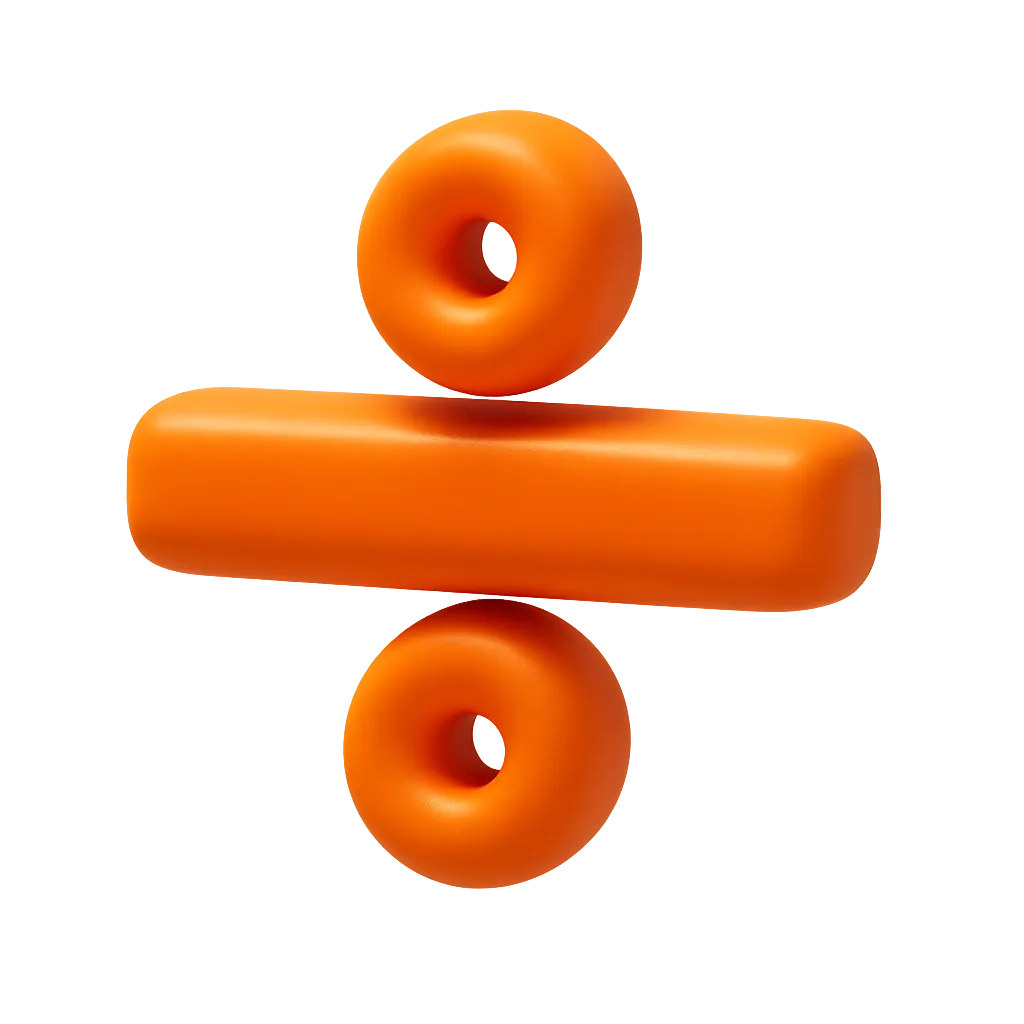Understanding Asphalt Calculators: Why They Matter in Construction
Asphalt calculators simplify how you estimate material requirements for paving roads, driveways, and parking lots.
They help project managers, estimators, and contractors convert surface dimensions into accurate material quantities reducing waste, optimizing delivery, and keeping budgets on track.
Key uses:
- Estimating total asphalt required for a specific area and depth
- Calculating total weight for transport or hauling needs
- Estimating total project cost using per-ton or per-tonne rates
- Adjusting for waste, compaction, and uneven surfaces before ordering
How Asphalt Calculators Work:
A typical asphalt calculator works through a few straightforward steps:
- Input project parameters
Enter the width, length, and depth (thickness) of the surface you plan to pave.
- Select unit system
Choose between Imperial (feet, inches, tons) or Metric (meters, centimeters, tonnes).
- Compute total volume
The calculator multiplies your inputs to determine volume in cubic feet or cubic meters.
- Convert to weight
Using standard asphalt density (145 lb/ft³ or 2322.7 kg/m³), the volume converts to total asphalt weight.
- Estimate cost(optional)
Multiply total weight by your entered cost per ton or tonne to estimate total project expense.
Example Calculation
Inputs:
- Width = 12 ft
- Length = 100 ft
- Depth = 3 in (0.25 ft)
- Asphalt density = 145 lb/ft³
Steps:
- Volume = 12 × 100 × 0.25 = 300 ft³
- Weight = 300 × 145 = 43,500 lb ≈ 21.75 tons
- At $120 / ton → Estimated Cost = 21.75 × 120 = $2,610
Pro Tip:
To stay precise, order 5–6 % more asphalt to account for compaction, uneven surfaces, and waste.
Benefits & Limitations of Asphalt Calculators
Benefits
- Speeds up material estimation
- Reduces risk of under- or over-ordering
- Helps with quick cost projections for bids and budgets
- Useful for contractors, estimators, and field engineers
Limitations
- These are estimates only, confirm quantities with your supplier before placing orders
- Doesn’t account for variations in mix density or temperature changes
- Depth uniformity and surface conditions may affect actual asphalt use



